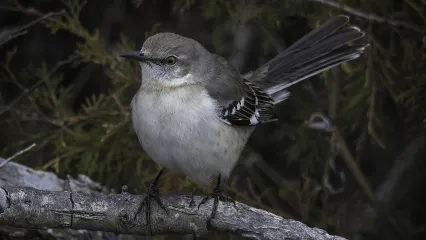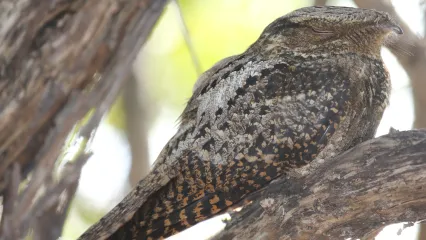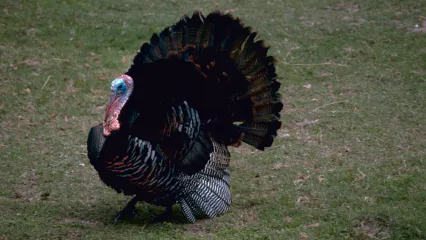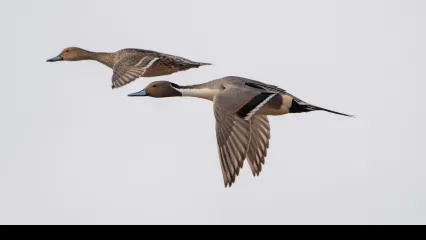
Description
This is a slender and streamlined robin-sized songbird. Its upper parts (wings, back and head) are gray and its tail is long and dark gray to black. Its wings have two white bars and a large white patch that is visible when it flies. Northern mockingbirds can be easily confused with the loggerhead shrike, which has a black face mask, black wings and a thicker black bill.
Size
Approximately 8.3-10.2 inches in length. Wingspan of 12.2-13.8 inches.
Habitat
These birds are found in shrublands and woodland edges. They are well-adapted to human environments and are common in urban areas and residential neighborhoods. It can be difficult to attract mockingbirds to backyard feeders, but they are easily attracted by providing water.
Life Cycle
This songbird can be found nearly statewide, but are rare in the Panhandle and the northwestern corner of the state during the winter. These birds are found in shrublands and woodland edges. They are well-adapted to human environments and are common in urban areas and residential neighborhoods. It can be difficult to attract mockingbirds to backyard feeders, but they are easily attracted by providing water.
How To Observe
A strongly territorial bird, northern mockingbirds maintain territories throughout the year. As a result, it is usually seen alone or in pairs (never in flocks). In the fall and winter they are easily attracted to fruiting shrubs and miracle meal on a platform feeder.


